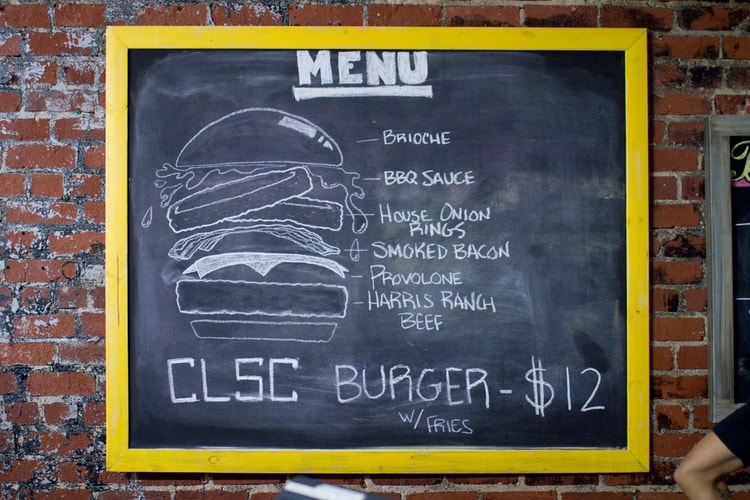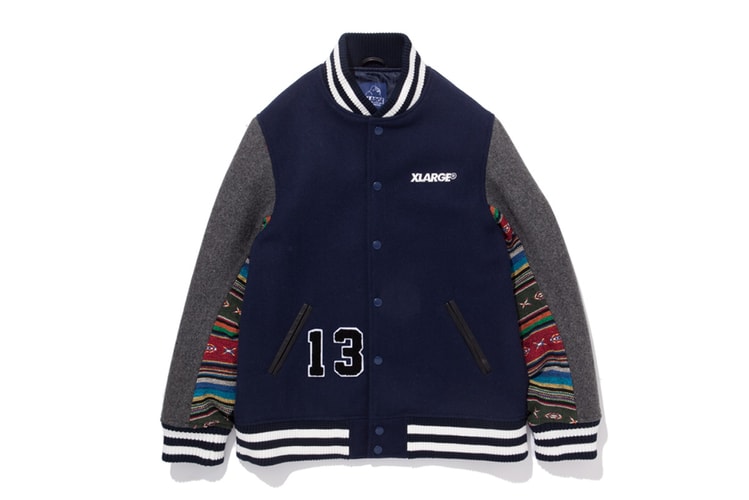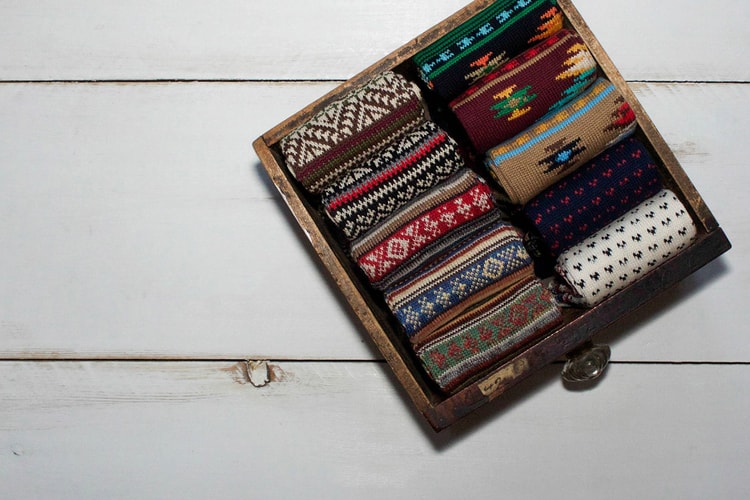HYPEBEAST Road Trips Japan: The Art of Knife-Making with HIDE Knives in Sakai City
On the south edge of Osaka bay is the port city of Sakai. Often referred to as Sakai City, it has
























On the south edge of Osaka bay is the port city of Sakai. Often referred to as Sakai City, it has played a significant part in Japan’s history. Since the 15th century, the blacksmiths and craftsmen of Sakai have created some of the finest blades in the country. Quite the feat, as Japan is home to one of the most iconic blades in history, the katana – the samurai sword. Once renowned for the quality of these swords, this historic city is now recognized for blades designed for more culinary combat.
HYPEBEAST Road Trips has come to Sakai City to seek out one of the best knife makers in the world, Hideaki Yamamoto, and learn how the blades crafted here have not only carved a path through Japan’s tumultuous history, but also through its vibrant food culture.
The Traditions of Knife Making
We meet our guide Yutaro outside the local train station and are whisked off to the Sakai City Traditional Crafts Museum. There in the Sakai Hamono Museum, located within the same facility, we meet with knife masters Hideaki “Hide” Yamamoto and his son Shinichiro. After a quick browse of the many displays filled with various knives, we head to their studio, an unassuming workshop, to learn more about these dedicated men and the tradition of knife making.
Hideaki Yamamoto (89 years old) is a Sakai native. Drawn to the sounds of hammering steel and the grinding of whetstones at a young age, Hideaki was immediately smitten by the ancient and honorable craft. At the tender age of 13, he began his training. Now, with over 65 years of experience, he is the only craftsman in Sakai who is trained in the sharpening of both knives and the iconic samurai sword.
Hideaki’s son, Shinichiro – once a successful architect – willingly left his career to take “his rightful place” alongside his father. Playing with pieces of steel in his free time, he thought of his father’s prestigious craft as simply a way of life; and with the workshop connected to their home, where the father-son team work eight-hour shifts daily, the practice of the craft was simply a natural part of his existence. Shin-san cannot remember the precise moment when drafting was overshadowed by blade smithing, only that he knew that this was his destiny; and under his father’s tutelage, and with a great deal of passion and discipline, he achieved the official status as master more than 25 years ago.

“with the workshop connected to their home, where the father-son team work eight-hour shifts daily, the practice of the craft was simply a natural part of his existence.”
“Sasshi and Omoiyari”
Though Sakai blades are not widespread, more than 80 percent of high-class chefs use Sakai-forged knives. Shin-san maintains a very close relationship with the finest chefs in Japan, listening and adapting to their needs. Traditional-style Japanese cuisine/foods require a visual presentation as well as beauty and sensitivity. Some of the taste is dependent on the cut of ingredients, and many would argue that the skill and dedication put into each blade imbues a certain flavor to the food. These blades have cut down cultural barriers, and have found much popularity amongst Western and Chinese chefs. This is in no small part due to their dedication to perfection and insistence upon creating a unique blade suited to each customer and Shin-san’s devotion to preserving Sakai’s historical heritage.
When creating a knife, Hide-san relies on the philosophy of “sasshi and omoiyari,” otherwise known as consideration and the capability of accurately tuning into the faintest meanings and signals of someone. He likes to meet with his customers in order to craft a knife especially for them. This uniqueness is apparent from the choice of steel to the finish. “A handmade knife has a special feel to it,” says Hideaki-san, “A knife made in a factory has no soul. A well-made HIDE knife really becomes a part of you. When I make a knife, I imagine the person who will use it. What are his or her expectations? How will the knife be used?”

“Some of the taste is dependent on the cut of ingredients, and many would argue that the skill and dedication put into each blade imbues a certain flavor to the food.”
What Makes a HIDE Blade?
To this day, both father and son work to forge the HIDE brand. For them, the search for perfection is an obsessive practice. To be craftsmen of their level requires constant improvement and learning. It’s a necessity to remain aware of changes and new developments, to keep improving, and to learn from every mistake and grow. Though this search for perfection may seem excessive, it’s a necessity for the HIDE brand to produce blades of such immaculate quality that is only achieved through such dedication. For Hide-san the pursuit of excellence is his life goal. “The day I no longer learn is the day I die,” he says nonchalantly.
In the age of mass production, HIDE blades cut against the grain with their handcrafted individuality and unparalleled sharpness. By working with an intimate group of artisans, each specializing in a specific field, they bring honor to a craft deeply rooted in history, culture and community. “Each blade like each person, is unique,” says Shin-san, and it shows. The tailored blades become an extension of the wielders’ body; and allow a level of culinary expression that would be inconceivable with lesser knives.
For more information and to purchase knives from HIDE, head over to sakaijapaneseknives.com.
HYPEBEAST Road Trips aims to take you across the world and provide you insights into some of the lesser known cultural institutions relevant to our culture. Follow cultural connector and creative Toon fan, Simon Wainwright, Nicole Fung of That Food Cray !!! and writer Joy Yoon (who authored The Best Things to Do in Los Angeles: 1001 Ideas) as we examine and experience some of the most interesting entities across fashion, food, design and art through our HYPEBEAST Road Trips.We’d like to thank TUMI, Mandarin Oriental Tokyo, Onitsuka Tiger and Aoi Kyoto Stay for their support of this opportunity.

“To be craftsmen of their level requires constant improvement and learning.”












